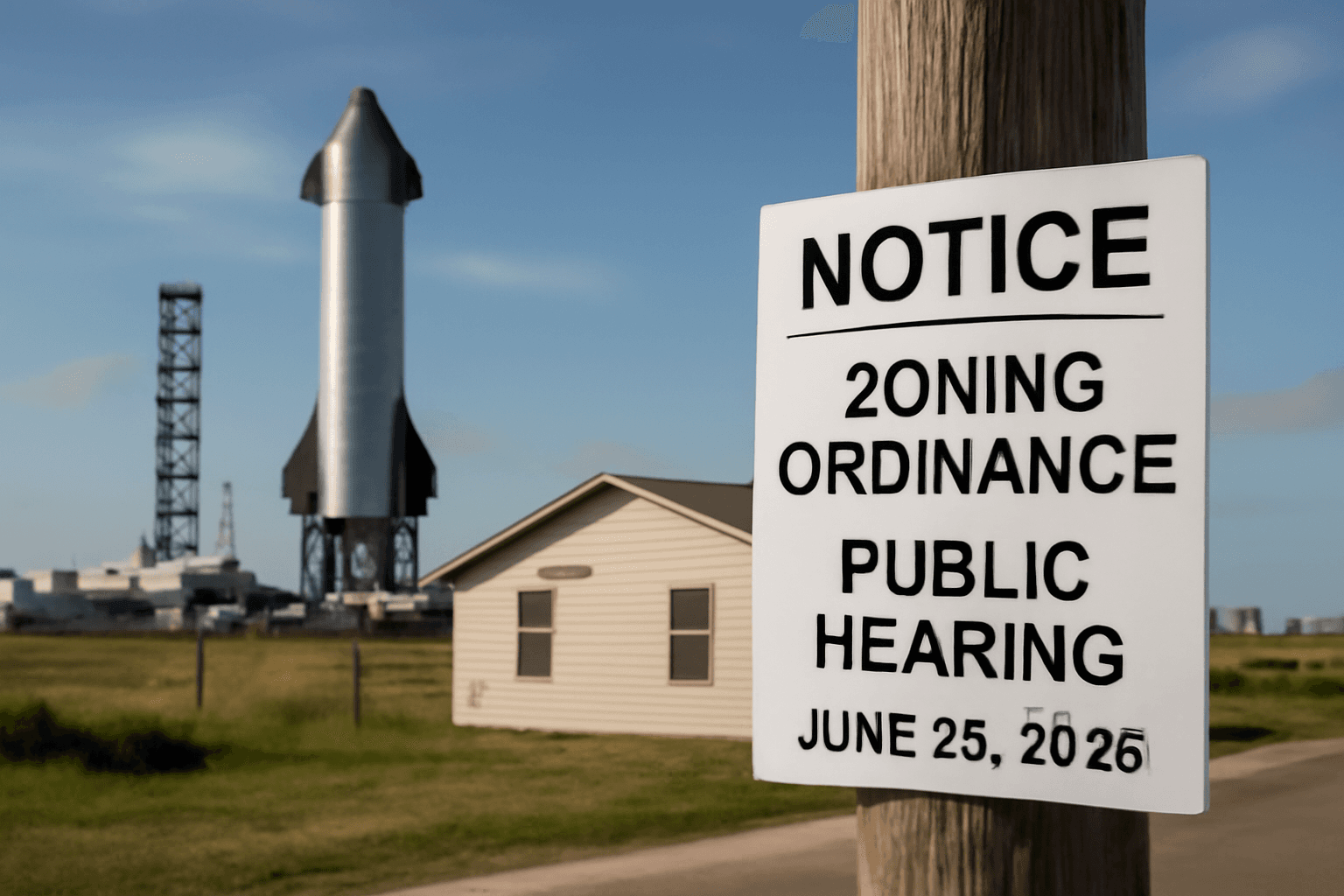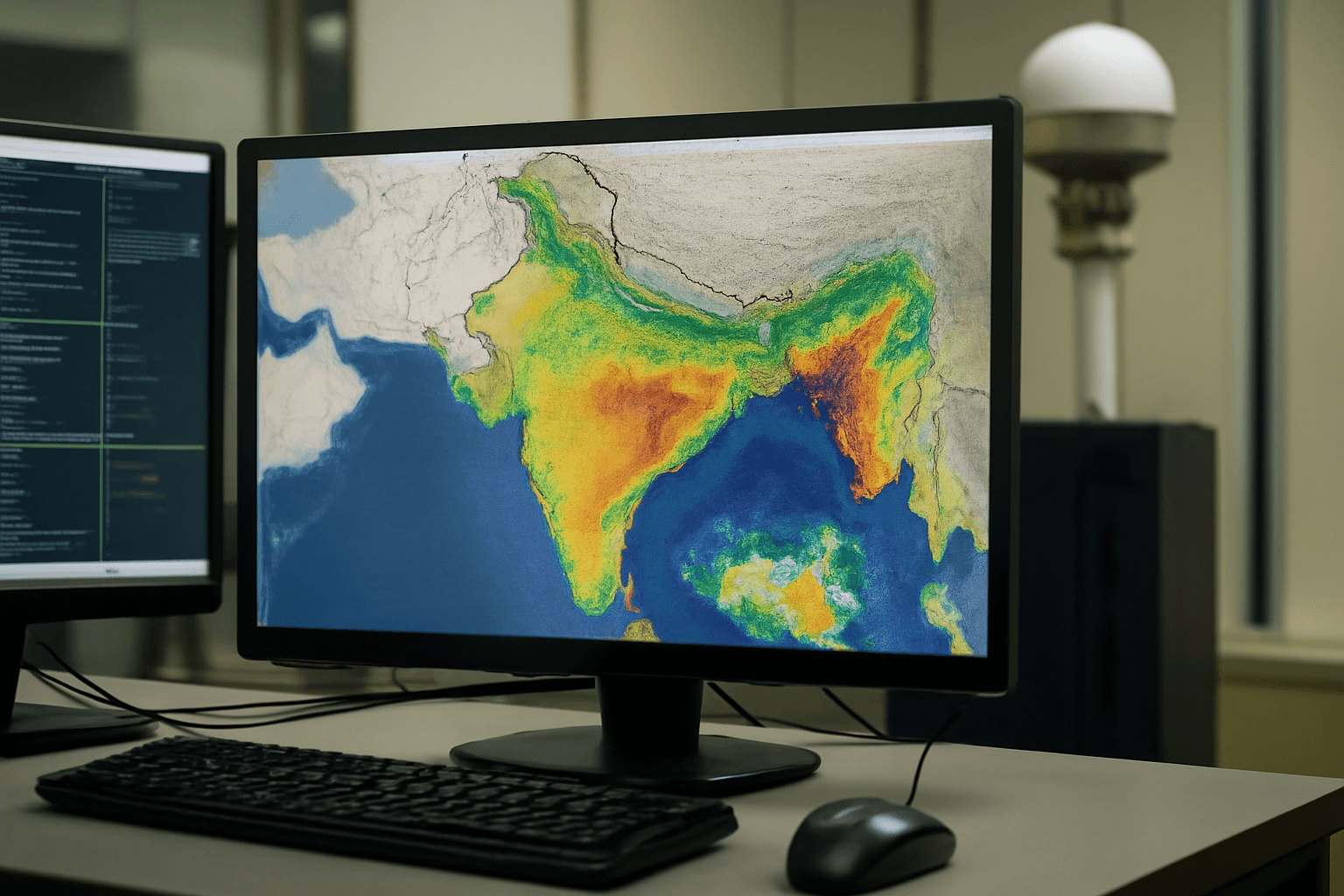Runwise Tackles Overheating Challenges in Commercial Buildings with Smart Tech
This summer’s relentless heat wave has put a strain on commercial properties across the United States, forcing landlords and building managers to rethink how they cool vast office complexes and residential towers efficiently. Enter Runwise, a New York-based startup that’s transforming how large buildings manage temperature control by blending hardware innovation with advanced software algorithms.
The Blind Spot in Building Climate Control
Much of today’s commercial real estate still relies on central temperature systems that lack granular insight, causing uncomfortable hot and cold spots within the same building. This inefficient system often leaves employees bundled in sweaters during summer or sweating in winter, highlighting a frustrating disconnect between tenant comfort and energy use.
Runwise aims to fix that by installing a network of wireless temperature sensors throughout a building, combined with predictive weather data. This approach gives property managers unprecedented control and visibility.
How Runwise Works: Smarter Sensors and Future-Proof Algorithms
At its core, the Runwise platform integrates:
- A wireless sensor grid that monitors dozens of temperature points within large spaces.
- Advanced weather forecasting algorithms that anticipate temperature trends.
- A central control system that dynamically adjusts heating and cooling equipment based on real-time data and forecasts.
For example, a sprawling 100,000-square-foot office might have only a single boiler for heating, but Runwise’s 20-25 strategically placed sensors provide granular insights that allow the system to optimize when and how long the boiler runs. This reduces wasted energy, lowers costs, and significantly cuts carbon emissions.
Real-World Impact and Industry Adoption
Since its launch, Runwise’s technology has been deployed in over 10,000 buildings spanning 10 states, benefiting approximately 1,000 customers including big players such as Related, Equity Residential, and the MTA. The company estimates it has saved property owners more than $100 million in energy costs so far – a striking figure that resonates deeply as energy prices soar nationwide.
The startup’s success underlines a broader industry trend: as climate change drives record-breaking heat and extreme weather, commercial buildings must evolve beyond outdated HVAC strategies. Runwise offers a pathway for landlords to meet increasingly tough sustainability goals while safeguarding tenant comfort.
Fueling Growth with $55 Million Series B Funding
Recently, Runwise closed a $55 million Series B funding round led by Menlo Ventures, bringing total capital raised to $79 million. This boost in investment signals strong confidence in Runwise’s vision to scale nationally and embed cutting-edge artificial intelligence into its platform.
Founder Jeff Carleton emphasizes AI’s growing role in the company’s roadmap: “As we gather more data from buildings, AI will allow us to refine and improve our algorithms continuously, making temperature control smarter, greener, and more cost-effective.”
Why Runwise’s Approach Matters for the Future of Commercial Real Estate
Experts see Runwise as a vital player in a much larger shift toward intelligent building management systems (BMS) that leverage data and machine learning. In an era where tenants demand both comfort and corporate responsibility, technologies like Runwise’s offer a practical, scalable solution to reduce energy waste without sacrificing occupant well-being.
Moreover, the potential for deeper integration with renewable energy sources and grid demand response programs could further enhance the environmental benefits, positioning commercial real estate as a frontline player in the broader fight against climate change.
Critical Questions Moving Forward
- How will building codes and energy regulations adapt to encourage or mandate smart temperature management?
- Can Runwise’s technology be accessible and affordable for smaller properties and markets?
- What privacy and data security measures are essential as sensor networks become more pervasive?
Editor’s Note
Runwise exemplifies how innovation at the intersection of technology and real estate can address pressing challenges posed by climate change and rising energy costs. Its success offers a hopeful glimpse into a future where smarter buildings contribute to sustainability efforts while enhancing everyday comfort for millions. However, wider adoption will hinge on policy support, affordability, and trust in AI-driven systems. As commercial real estate continues to transform, observers should watch for how such technologies reshape both urban landscapes and environmental footprints.













